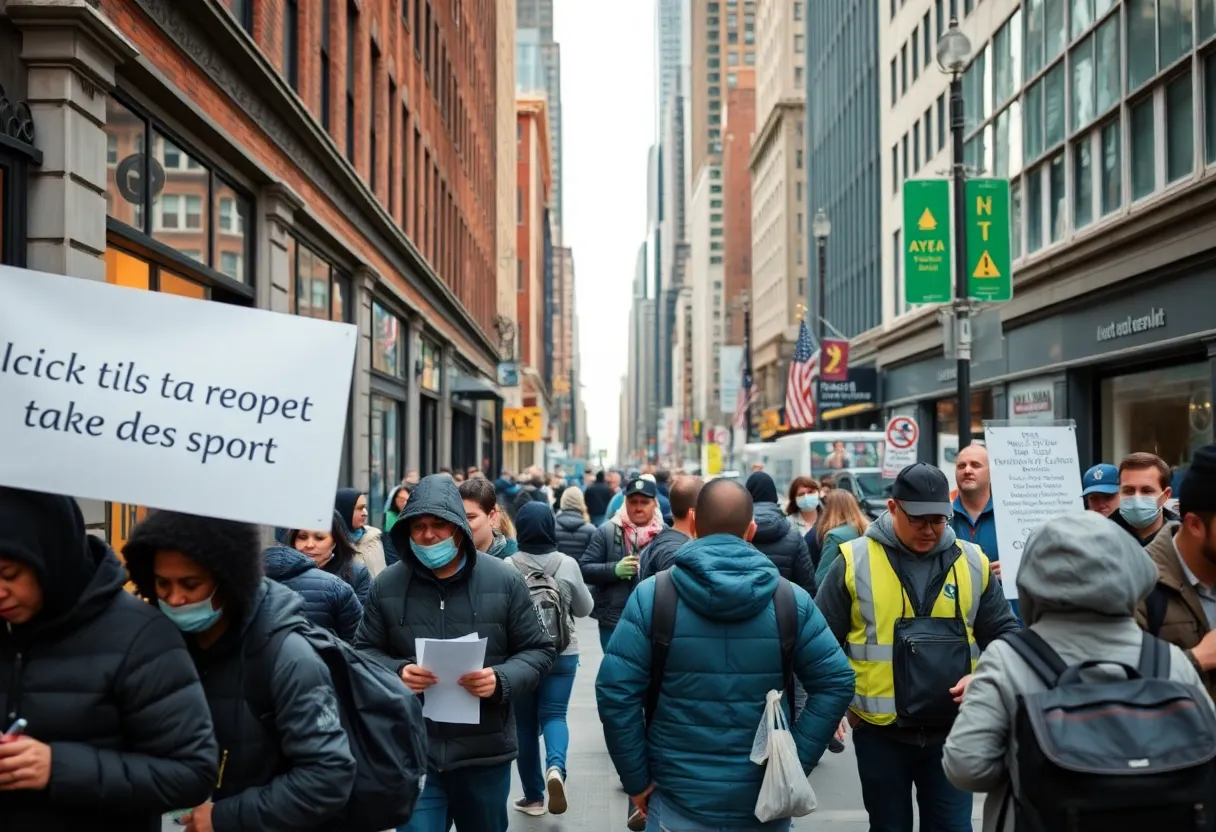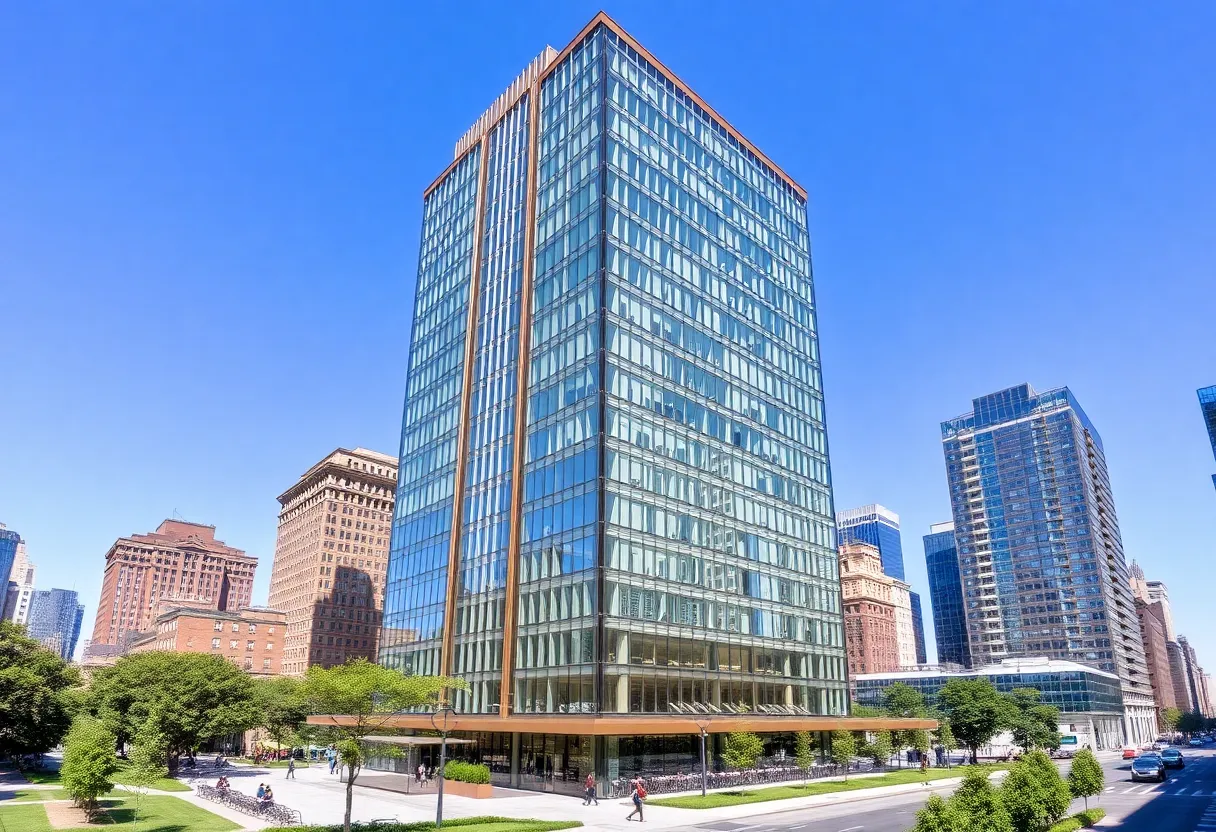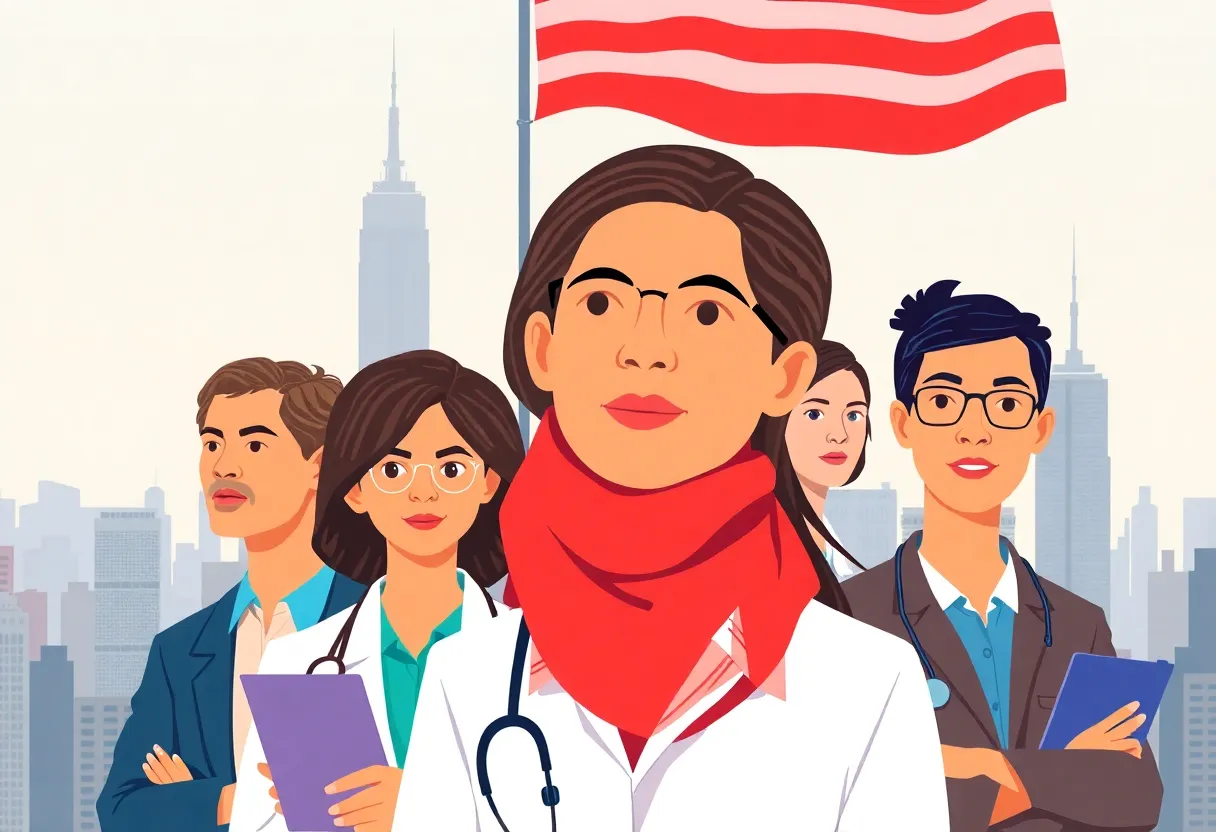News Summary
New York City is confronting challenges in its homelessness and mental health crisis, despite significant investments and strategic measures. Mayor Eric Adams’ administration has expanded mobile services, resulting in increased engagement with homeless individuals. A rise in referrals for involuntary treatment under Kendra’s Law indicates some progress, yet the court orders have seen only modest growth. While the city has reported a substantial increase in exits from shelters to permanent housing, the homeless population remains affected by various complexities including eviction, domestic violence, and rising rents.
New York City is grappling with mixed results in addressing its homelessness and mental health crisis despite significant city investments and strategic efforts. Mayor Eric Adams’ administration has expanded mobile services aimed at providing support to homeless New Yorkers, successfully engaging 6,300 individuals last fiscal year.
In a move to enhance treatment accessibility, the city saw a 10% increase in individuals entering intensive long-term treatment programs following the deployment of six new treatment teams. Additionally, the Health Department indicated a 17% uptick in referrals for involuntary outpatient treatment under Kendra’s Law for those suffering from severe mental illnesses. However, the total number of court orders for involuntary treatment only rose modestly by 6%, highlighting a slower-than-expected progression in this area despite the increase in referrals.
The demographics concerning the court orders reveal a concerning trend. A substantial majority of individuals affected are either Black or Latino, with approximately 25% of these individuals experiencing homelessness or incarceration. Notably, 94% of those referred for involuntary treatment have a history of psychiatric hospitalization.
On the homelessness front, the city’s Department of Homeless Services reported significant progress in moving individuals from shelters to permanent housing, showing a 24% increase in fiscal 2024 exits from these facilities. However, the issue remains complex. The population of non-migrant residents in shelters grew nearly 12%, primarily due to a lack of affordable housing and rising rents. Nearly four in ten single adults reported their homelessness as stemming from conflicts within their homes, overcrowded living conditions, or environments deemed unlivable.
The Coalition for the Homeless has pointed to domestic violence and evictions as primary causes of homelessness among families with children. Critics of Mayor Adams’ administration argue that there has been insufficient investment in affordable housing options, which they believe continues to expel individuals into homelessness. Furthermore, the administration’s policies, such as the homeless encampment sweeps, have reportedly displaced 3,500 people, with only 114 successfully placed in shelters afterward.
The shelter system itself has faced scrutiny. Many advocates argue that it acts merely as a “catch-all” for individuals released from various institutions, including state prisons, jails, psychiatric facilities, hospitals, and foster care. Alarmingly, 43% of those discharged from state prisons end up in shelters. Adding to this challenge is the decreasing availability of inpatient psychiatric beds, which have diminished in number compared to previous years due to closures during the pandemic.
Long-term solutions remain at the forefront of discussions. Advocates stress the need for comprehensive housing solutions, especially for those released from involuntarily commitments, to prevent them from reverting back to homelessness. The overarching critique of the city’s approach emphasizes that the response to homelessness has focused more on visible, immediate solutions rather than addressing the root causes of the crisis.
In conclusion, while New York City has made steps towards enhancing support for homeless and mentally ill individuals, the administration still faces substantial challenges. The increase in service engagement, mobile treatment capabilities, and exits to permanent housing underscores progress, but the growing rates of homelessness, along with criticisms about inadequate affordable housing, reflect an ongoing urgency for more effective strategies to tackle the city’s deep-rooted issues.
Deeper Dive: News & Info About This Topic
HERE Resources
New York City Faces Severe Health Crisis Amid Heat Emergency
NYC Health + Hospitals Reports Budget Surplus Amid Challenges
Ten-Year-Old Entrepreneur Julian Lin Inspires with Charity Work
10-Year-Old Entrepreneur Fosters Community Spirit through Business
South Bronx Faces Urgent Drug Crisis and Sanitation Problems
New York City Faces Health Crisis Amidst Extreme Heatwave
New York City Celebrates Philanthropic Leaders Impacting Communities
Crain’s Recognizes Leaders in NYC Philanthropy
Recognizing Notable Leaders in Philanthropy in New York City
New York City Mayor Adams Shifts to Independent Candidacy
Additional Resources
- New York Post: Homeless Services Cop Sues Supervisor
- New York Times: Trump’s Medicaid Cuts Homeless
- Gothamist: More New Yorkers Entering City Homeless Shelters
- Governing: New York State Puts Half its Homeless in Hotels
- Spectrum Local News: Report on State’s Oversight of Homeless Shelters
- Wikipedia: Homelessness in the United States
- Google Search: Homelessness crisis New York
- Google Scholar: New York homelessness
- Encyclopedia Britannica: Homelessness
- Google News: New York City homeless services

Author: STAFF HERE NEW YORK WRITER
The NEW YORK STAFF WRITER represents the experienced team at HERENewYork.com, your go-to source for actionable local news and information in New York, the five boroughs, and beyond. Specializing in "news you can use," we cover essential topics like product reviews for personal and business needs, local business directories, politics, real estate trends, neighborhood insights, and state news affecting the area—with deep expertise drawn from years of dedicated reporting and strong community input, including local press releases and business updates. We deliver top reporting on high-value events such as New York Fashion Week, Macy's Thanksgiving Day Parade, and Tribeca Film Festival. Our coverage extends to key organizations like the Greater New York Chamber of Commerce and United Way of New York, plus leading businesses in finance and media that power the local economy such as JPMorgan Chase, Goldman Sachs, and Bloomberg. As part of the broader HERE network, including HEREBuffalo.com, we provide comprehensive, credible insights into New York's dynamic landscape.





